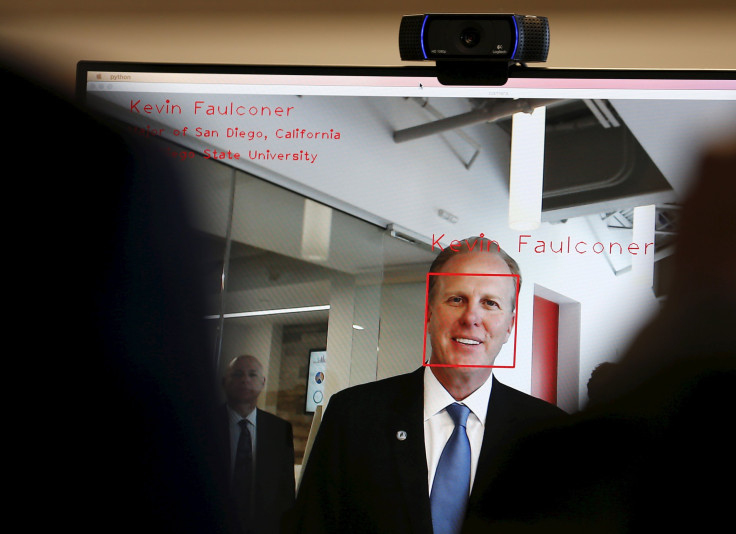Facial Recognition May Make Commercial Payment More Efficient

Facial recognition might soon become the norm for payments, with a KFC outlet in Hangzhou, China, receiving commercial payments using the mechanism.
Alibaba’s Ant Financial affiliate launched the ‘smile to pay’ service at the outlet as part of the company's proposed system of cash-less retail stores, in which it will integrate offline and online retail.
All that a customer needs to do is smile at the interface and the payment will be made.
The system does not require a smartphone based authentication; all that is needed is to sign up for the Alipay app and enable facial recognition.
The point of sale, in this case the KFC outlet, will be equipped with a 3D camera, which will verify a customer’s identity by scanning his/her face. Customers can also use the additional phone number verification option.
Currently, the system is in trial stage before commercial deployment.
Given easier regulation mechanism, China is way ahead of the U.S. in terms of adopting advanced payment methods.
The system's advantage stems from the fact that it can make payments much easier than traditional methods — cash and card. Unlike cards, which can be faked, systems with facial recognition will be tougher to fool.
However, even facial recognition technology for payment is not hundred percent accurate. While a human being can recognize a face, regardless of changes in lighting and camera angles, 97.53 percent of the time, the most accurate facial recognition technology currently — Facebook’s “Deepface” system — can recognize a face 97.25 percent of the time.
But for any facial recognition system to work efficiently, a company needs access to a database of faces. And the maintenance of such a database in itself is a contentious privacy issue, and gives rise to many questions.
Would the facial database be used for reasons other than payment systems?
Also, it is still unclear what kind of security mechanism large corporations such as Alibaba are employing to secure such data.
But many companies are creating their own approaches towards facial recognition.
A spokesperson for Google says told Marketwatch in April that there’s a difference between “face detection” and “face recognition. “Google uses face recognition very rarely, only when privacy is assured and within a given account. It may group similar photos by face in Google Photos, but without knowing who those photos are of, and only the user labels a given cluster of photos,” the spokesperson stated.
That being said, many financial organizations such as the Japanese bank SMBC, companies such as Google and Facebook among others have taken a keen interest in facial recognition technology being used as a mode of payment.
How the technology is used with regard to large-scale commercial deployment, we will only get to know in the near future.
© Copyright IBTimes 2024. All rights reserved.











